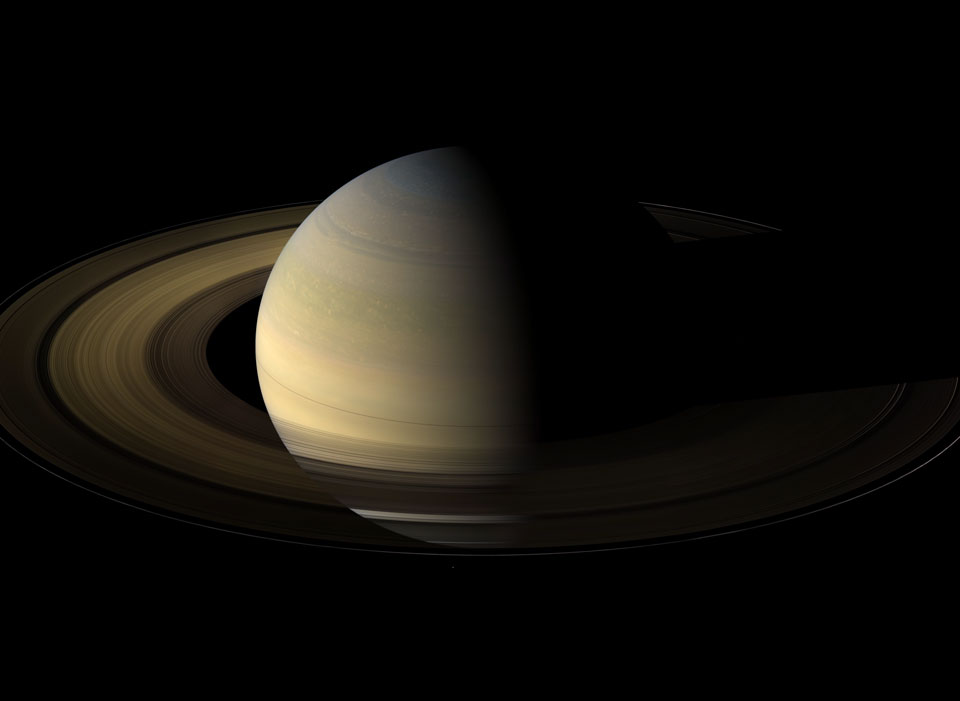X-class Solar Flare, NASA photo, Solar Dynamics Observatory
The sun emitted a significant solar flare on Oct. 19, 2014, peaking at 1:01 a.m. EDT. NASA's Solar Dynamics Observatory, which is always observing the sun, captured this image of the event in extreme ultraviolet wavelength of 131 Angstroms – a wavelength that can see the intense heat of a flare and that is typically colorized in teal.
This flare is classified as an X1.1-class flare. X-class denotes the most intense flares, while the number provides more information about its strength. An X2 flare is twice as intense as an X1, and an X3 is three times as intense.
Solar flares are powerful bursts of radiation. Harmful radiation from a flare cannot pass through Earth's atmosphere to physically affect humans on the ground, however -- when intense enough -- they can disturb the atmosphere in the layer where GPS and communications signals travel.
More: NASA's SDO Observes an X-class Solar Flare
Image Credit: NASA/Solar Dynamics Observatory
Follow @ballaboocom
Florida to Louisiana Viewed From the International Space Station
Florida to Louisiana Viewed From the International Space Station
NASA astronaut Reid Wiseman captured this image of Florida to Louisiana just before dawn, taken from the International Space Station, and posted it to social media on Friday, Sept. 12. Wiseman, Commander Max Suraev and Flight Engineer Alexander Gerst began their first full workweek Monday as a three-person crew aboard the space station, while the three additional flight engineers who will round out the Expedition 41 crew spent the day training for next week’s launch to the orbiting complex.
Image Credit: NASA
Follow @ballaboocom
Powerful, Pulsating Core of Star
Powerful, Pulsating Core of Star
The blue dot in this image marks the spot of an energetic pulsar -- the magnetic, spinning core of star that blew up in a supernova explosion. NASA's Nuclear Spectroscopic Telescope Array, or NuSTAR, discovered the pulsar by identifying its telltale pulse -- a rotating beam of X-rays, that like a cosmic lighthouse, intersects Earth every 0.2 seconds.
The pulsar, called PSR J1640-4631, lies in our inner Milky Way galaxy about 42,000 light-years away. It was originally identified by as an intense source of gamma rays by the High Energy Stereoscopic System (H.E.S.S.) in Namibia. NuSTAR helped pin down the source of the gamma rays to a pulsar.
The other pink dots in this picture show low-energy X-rays detected by NASA's Chandra X-ray Observatory.
In this image, NuSTAR data is blue and shows high-energy X-rays with 3 to 79 kiloelectron volts; Chandra data is pink and shows X-rays with 0.5 to 10 kiloeletron volts.
The background image shows infrared light and was captured by NASA's Spitzer Space Telescope.
Image credit: NASA/JPL-Caltech/SAO
Follow @ballaboocom
The Odd Trio, Saturn's Moons, Prometheus, Tethys, Hyperion
The Cassini spacecraft captures a rare family photo of three of Saturn's moons that couldn't be more different from each other! As the largest of the three, Tethys (image center) is round and has a variety of terrains across its surface. Meanwhile, Hyperion (to the upper-left of Tethys) is the "wild one" with a chaotic spin and Prometheus (lower-left) is a tiny moon that busies itself sculpting the F ring.
To learn more about the surface of Tethys (660 miles, or 1,062 kilometers across), see PIA17164. More on the chaotic spin of Hyperion (168 miles, or 270 kilometers across) can be found at PIA07683. And discover more about the role of Prometheus (53 miles, or 86 kilometers across) in shaping the F ring in PIA12786.
This view looks toward the sunlit side of the rings from about 1 degree above the ringplane. The image was taken in visible light with the Cassini spacecraft narrow-angle camera on July 14, 2014.
The view was acquired at a distance of approximately 1.2 million miles (1.9 million kilometers) from Tethys and at a Sun-Tethys-spacecraft, or phase, angle of 22 degrees. Image scale is 7 miles (11 kilometers) per pixel.
The Cassini-Huygens mission is a cooperative project of NASA, the European Space Agency and the Italian Space Agency. The Jet Propulsion Laboratory, a division of the California Institute of Technology in Pasadena, manages the mission for NASA's Science Mission Directorate, Washington, D.C. The Cassini orbiter and its two onboard cameras were designed, developed and assembled at JPL. The imaging operations center is based at the Space Science Institute in Boulder, Colo.
For more information about the Cassini-Huygens mission visit http://www.nasa.gov/cassini and http://saturn.jpl.nasa.gov . The Cassini imaging team homepage is at http://ciclops.org .Credit: NASA/JPL-Caltech/Space Science Institute
Follow @ballaboocom
Saturn at Equinox
Saturn at Equinox
Credit: Cassini Imaging Team, ISS, JPL, ESA, NASA
Explanation: How would Saturn look if its ring plane pointed right at the Sun? Before August 2009, nobody knew. Every 15 years, as seen from Earth, Saturn's rings point toward the Earth and appear to disappear. The disappearing rings are no longer a mystery -- Saturn's rings are known to be so thin and the Earth is so near the Sun that when the rings point toward the Sun, they also point nearly edge-on at the Earth. Fortunately, in this third millennium, humanity is advanced enough to have a spacecraft that can see the rings during equinox from the side. In August 2009, that Saturn-orbiting spacecraft, Cassini, was able to snap a series of unprecedented pictures of Saturn's rings during equinox. A digital composite of 75 such images is shown above. The rings appear unusually dark, and a very thin ring shadow line can be made out on Saturn's cloud-tops. Objects sticking out of the ring plane are brightly illuminated and cast long shadows. Inspection of these images is helping humanity to understand the specific sizes of Saturn's ring particles and the general dynamics of orbital motion. This week, Earth undergoes an equinox.
Follow @ballaboocom
Subscribe to:
Posts (Atom)





